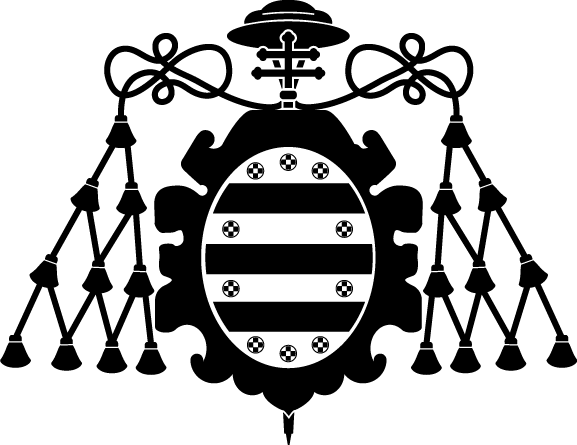Analysis of the Fluid-Dynamic and Thermal Behaviour of the Tin Bath in Float Glass Manufacture by the Pilkington Process
Subject:
Glass process; Molten tin; Modelization; High temperature molten metal measurements; Finite volumes method; Convection; Lid driven flow
Publication date:
Publisher version:
Citación:
Descripción física:
Abstract:
Nowadays there is increasing demand for float glass of low thickness. One of the most widely employed procedures for float glass manufacture is that proposed by Pilkington. The manufacturing of low thickness glass with the existingmanufacturing units while maintaining the nominal production rates causes a loss of optical quality in the glass. As the formation of the glass ribbon in the Pilkington process takes place in a molten tin bath, it is considered that the flow and heat transfer induced in the tin bath are partially responsible for this loss of optical quality. The present paper studies the fluid-dynamics and thermal behaviour of the tin bath from both theoretical and experimental viewpoints. The study shows the existence of a flow in the opposite direction to that of the advance of the ribbon (reverse flow), whose features depend on operating conditions such us glass thickness and the manufacturer’s practice of using baffles. It is also proven that the reverse flow can influence the temperatures in the molten tin bath.
Nowadays there is increasing demand for float glass of low thickness. One of the most widely employed procedures for float glass manufacture is that proposed by Pilkington. The manufacturing of low thickness glass with the existingmanufacturing units while maintaining the nominal production rates causes a loss of optical quality in the glass. As the formation of the glass ribbon in the Pilkington process takes place in a molten tin bath, it is considered that the flow and heat transfer induced in the tin bath are partially responsible for this loss of optical quality. The present paper studies the fluid-dynamics and thermal behaviour of the tin bath from both theoretical and experimental viewpoints. The study shows the existence of a flow in the opposite direction to that of the advance of the ribbon (reverse flow), whose features depend on operating conditions such us glass thickness and the manufacturer’s practice of using baffles. It is also proven that the reverse flow can influence the temperatures in the molten tin bath.
ISSN:
Files in this item





